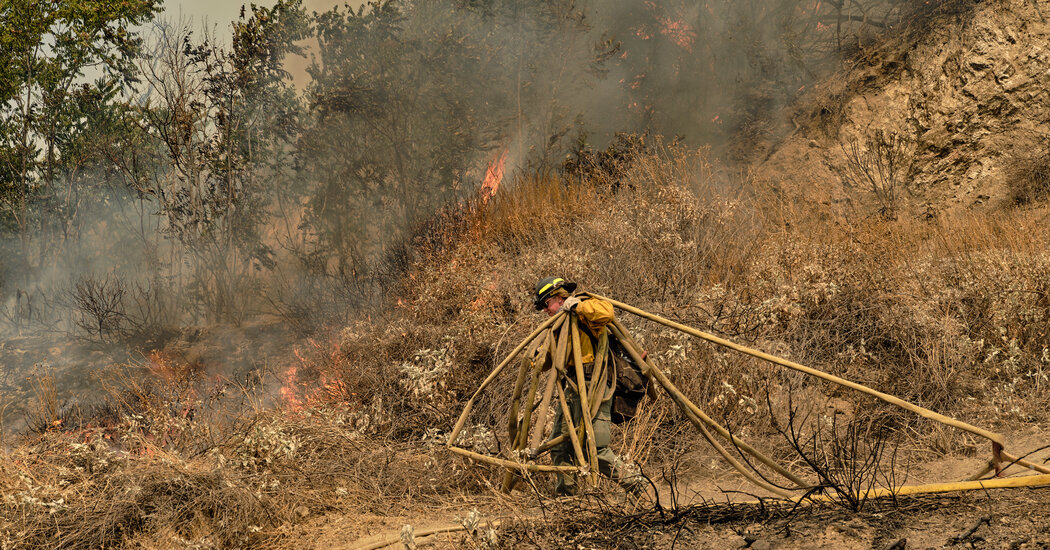While the Line Fire burns in Southern California, what can we learn from how a changing climate has affected an expanding fire season?
The Line Fire had burned through more than 21,000 acres of Southern California when officials announced Monday morning that it was only 3 percent contained. Amid record temperatures, the blaze quickly ate through dry vegetation, injuring three firefighters and leading to evacuation orders for more than 6,000 people across San Bernardino County.
It’s just one of 67 large wildfires currently burning across more than two million acres of the country. While the end of summer has typically meant a slowdown of major wildfires, climate change has upended that seasonal pattern.
So what’s different about today’s wildfire weather?
‘Whiplash’ Weather Feeds the Fires
The Line Fire and others feed on a “whiplash” between very wet conditions and extremely hot conditions.
“It’s arguably the worst climate sequence for the wildfire in Southern California,” said Daniel Swain, a climate scientist at the University of California, Los Angeles. For the past two years, wet conditions have caused vegetative growth that quickly dried out during the coastal heat wave that began last week. Fire intensity and behavior is a function of how much fuel is available to burn, so a rapid loss in moisture can create a feast for wildfires.
The phenomenon is so new, Dr. Swain said, science could require a new term to articulate. That’s because climate change makes it increasingly likely there will be back-to-back seasons like these of extreme rain, followed by extreme heat, that could worsen fire conditions.
